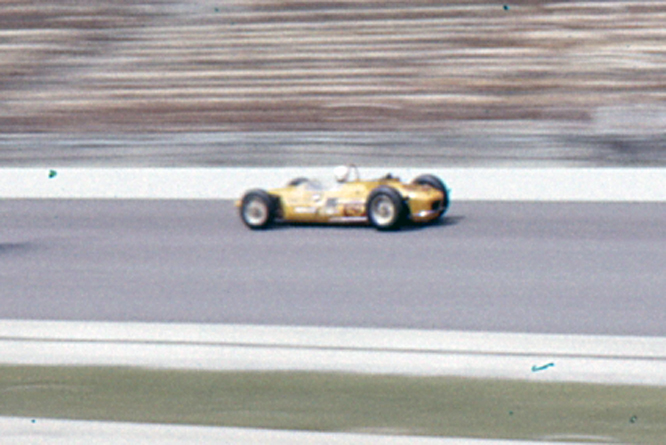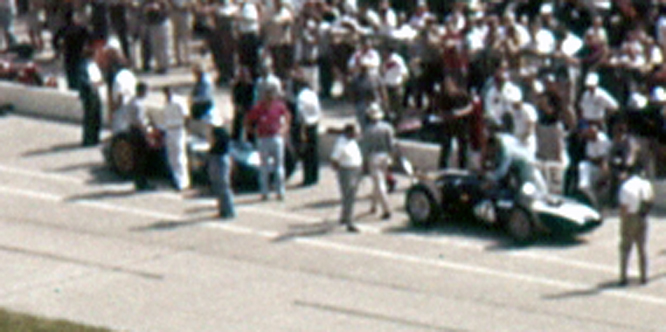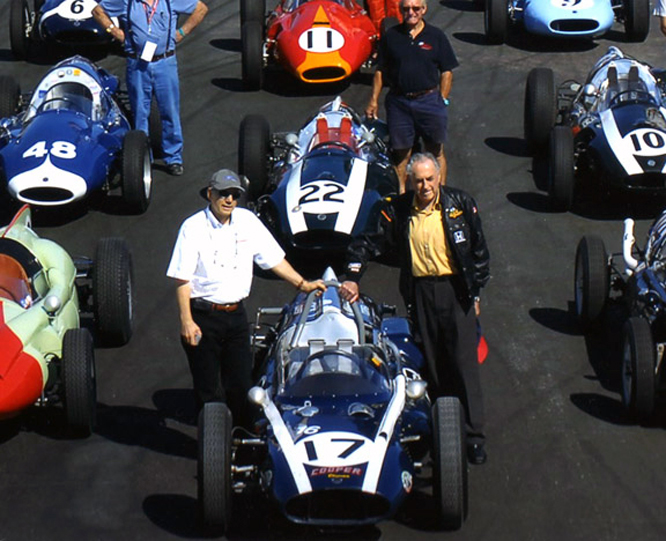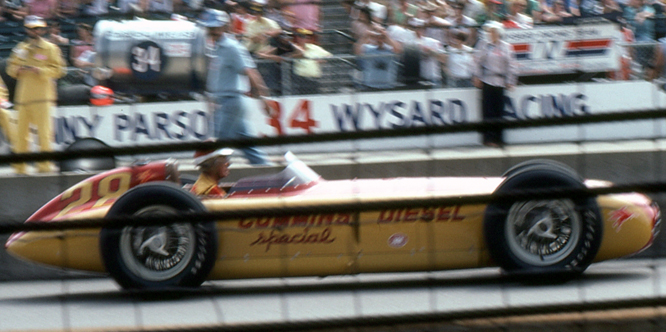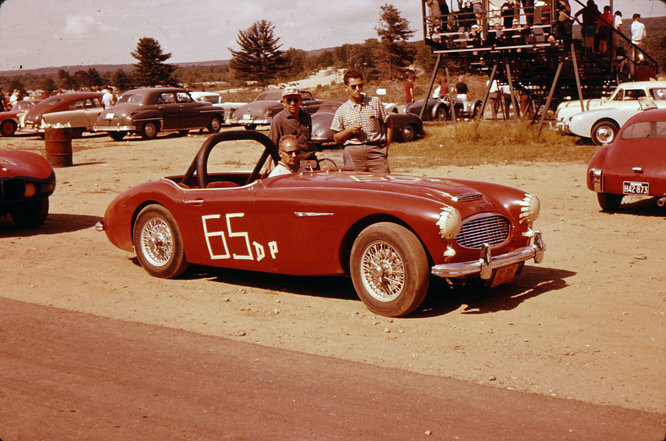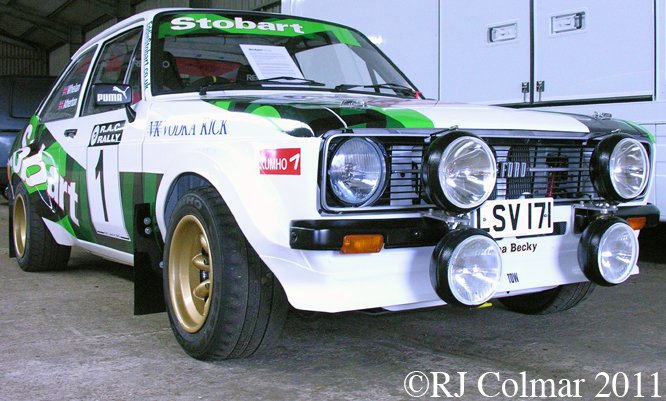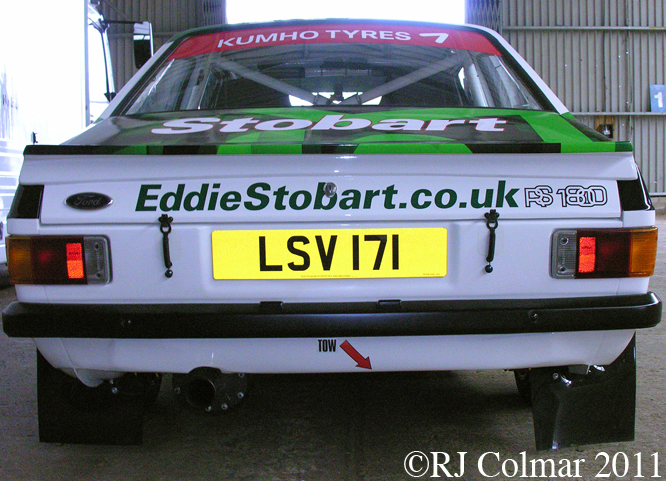The other day I caught a bit of a radio programme about interview questions asked of potential Oxbridge (Oxford & Cambridge) university students, one of which was “If you are not in California how do you know it exists ?”
This got me thinking about if one was not at a particular race how could one know what happened ?
Looking into the story behind today’s photograph by Ed Arnaudin several ‘beliefs’ I have long held were ‘corrected’, namely that after the appearance of Jack Brabham’s Cooper Coventry Climax T54 the next car with an engine in the back to appear at Indianapolis was Jim Clark’s #92 Lotus Ford 29 in 1963.
Much to my surprise I found out that there were two rear engine vehicle types at Indianapolis in 1962 !
The John Zink Trackburner, above, and Mickey Thompson’s Harvey Aluminium Special, remarkably they were both driven by Dan Gurney who invited Colin Chapman of Lotus over, all expenses paid, for the 1962 Indy 500 in an attempt to secure a deal with Lotus & Ford to have a winning shot at the race in 1963 !
The history of running turbines in Indy cars goes back to 1955 when a Kurtis Kraft 3000 chassis was fitted with a 175 hp Gas Turbine with the support of USAF General Curtis Le May. This vehicle known as the SAC Fireboid, see images at the bottom of this link, was used for testing by Firestone and for a demonstration at Indy in 1955.
In 1958 a Mr Williams of the Boeing Aircraft Company approached Frank Kurtis in 1958 to design a purpose made turbine powered vehicle, allegedly Frank drew up plans for a vehicle with the engine at the rear, primarily do deal with the 1000º F plus exhaust gas temperatures. However the powers that be at USAC were not sufficiently timely or co-operative to get the project up and running.
For 1962 the 1955 and ’56 winning owner John Zink had his Chief Mechanic Denny Moore build a rear engine chassis to take a Boeing Turbine.
Prior to the Indy 500 the car was tested and crashed by John ‘Jack’ Zink at his own private 5/8ths mile circuit which included 11º banking ! After repairs the car was taken to Indianapolis where the rookie road racer Dan Gurney tried it after passing his Rookie test in a front engine Roadster.
Gurney managed to run at 143 mph not fast enough to qualify in the gas turbine Trackburner and felt that though more speed was achievable throttle lag in traffic would present insurmountable problems during the race. Dan ended up qualifying and racing Thompson’s Buick stock block, under, powered Harvey Aluminium Special instead.
Indy veteran Duane Carter was next to run in the Gas Turbine Trackburner, Carter ran slower in the corners but faster on the straights than Gurney recording a best time of 142 mph.
Duane qualified for the ’62 Indy 500 in a conventional roadster belonging to Zink and Bill Cheesebourg, most likely the driver seen in the car here, had a shot at running in the turbine Trackburner he managed a best time of 145 mph but like Gurney fancied his chances in a Buick stock block powered Thompson, unlike Gurney he could not get up to qualifying speed before crashing.
Finally Duane Carter in danger of being bumped off the grid had one more shot at qualifying in the turbine Trackburner but he could not record a time faster than 143 mph. It was concluded that despite running nearly a full race distance during qualification for the 500 the combination of throttle lag, high track side temperatures, and inconsistencies born out of the three different drivers who spent time in the cockpit led to the cars failure to qualify.
My thanks to Steve Arnadin for scanning his Dad’s photograph, to Tom, E.B, Michael, Tim, at The Nostalgia Forum, for filling a large gap in my knowledge.
Hope you have enjoyed today’s belief changing edition of ‘Gettin’ a lil’ psycho on tyres’ and that you’ll join me again tomorrow. Don’t forget to come back now !


